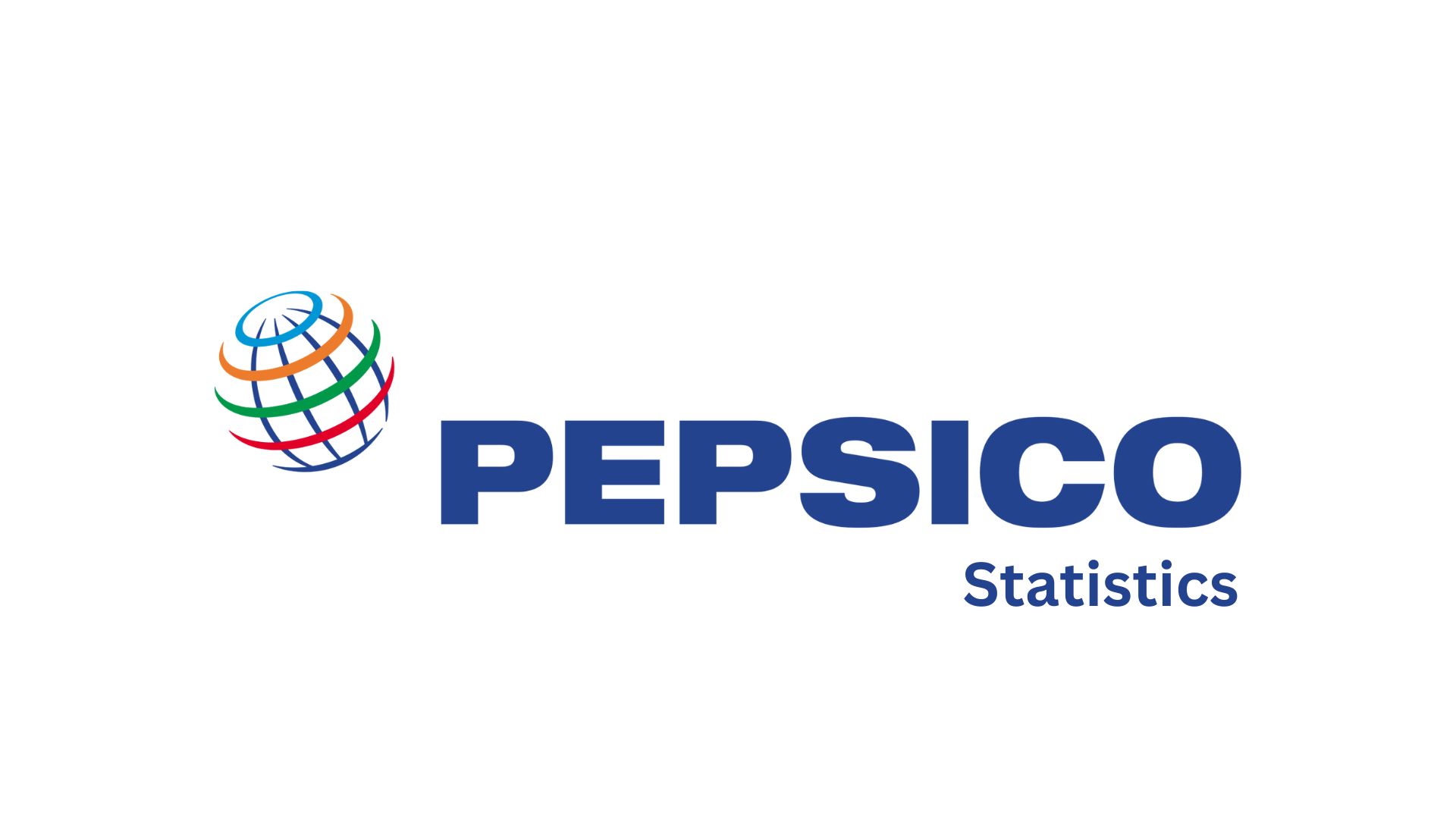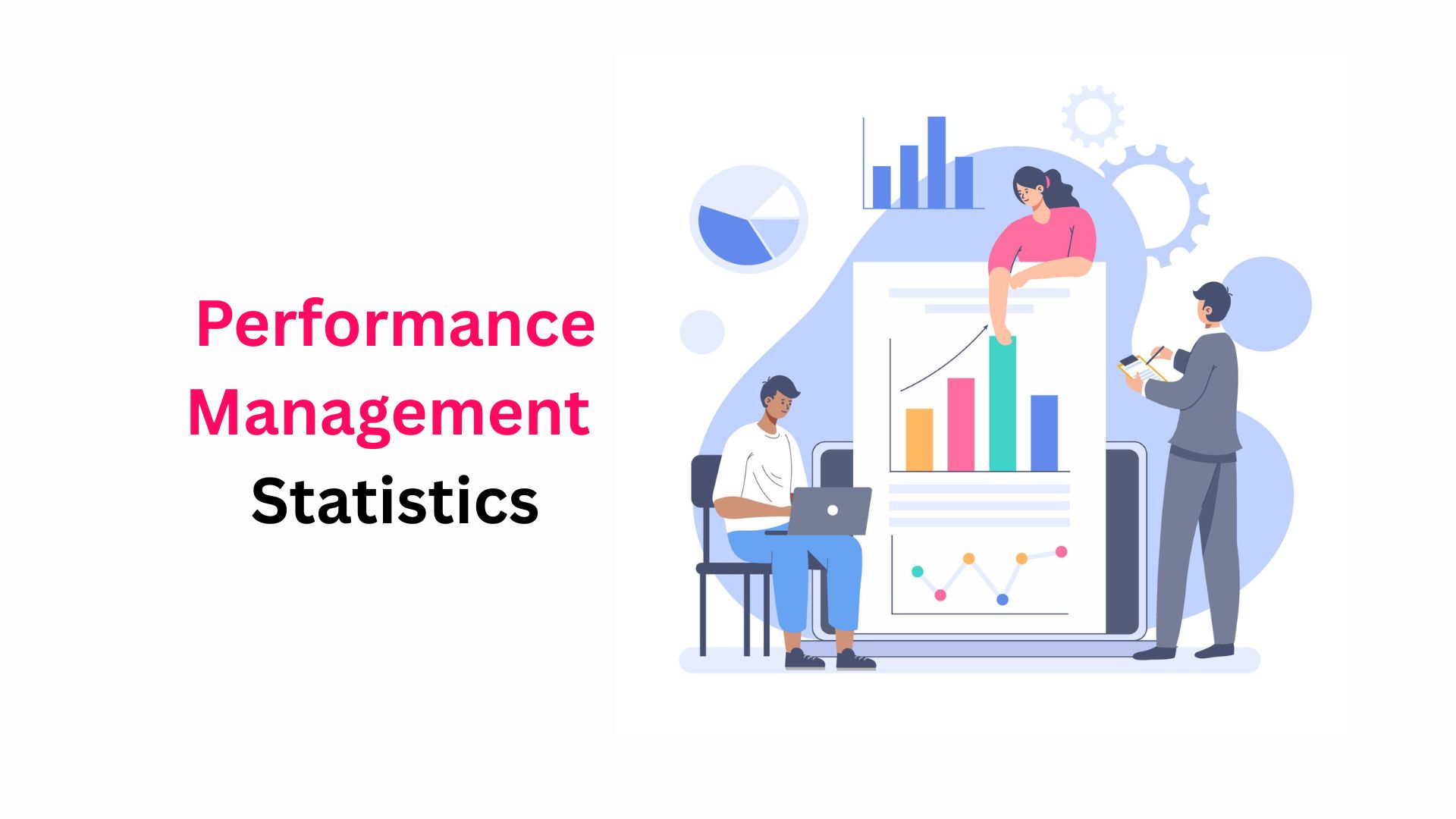AeroFarms Statistics By Cost and Revenue, Market And Trends (2025)

Updated · Jul 31, 2025

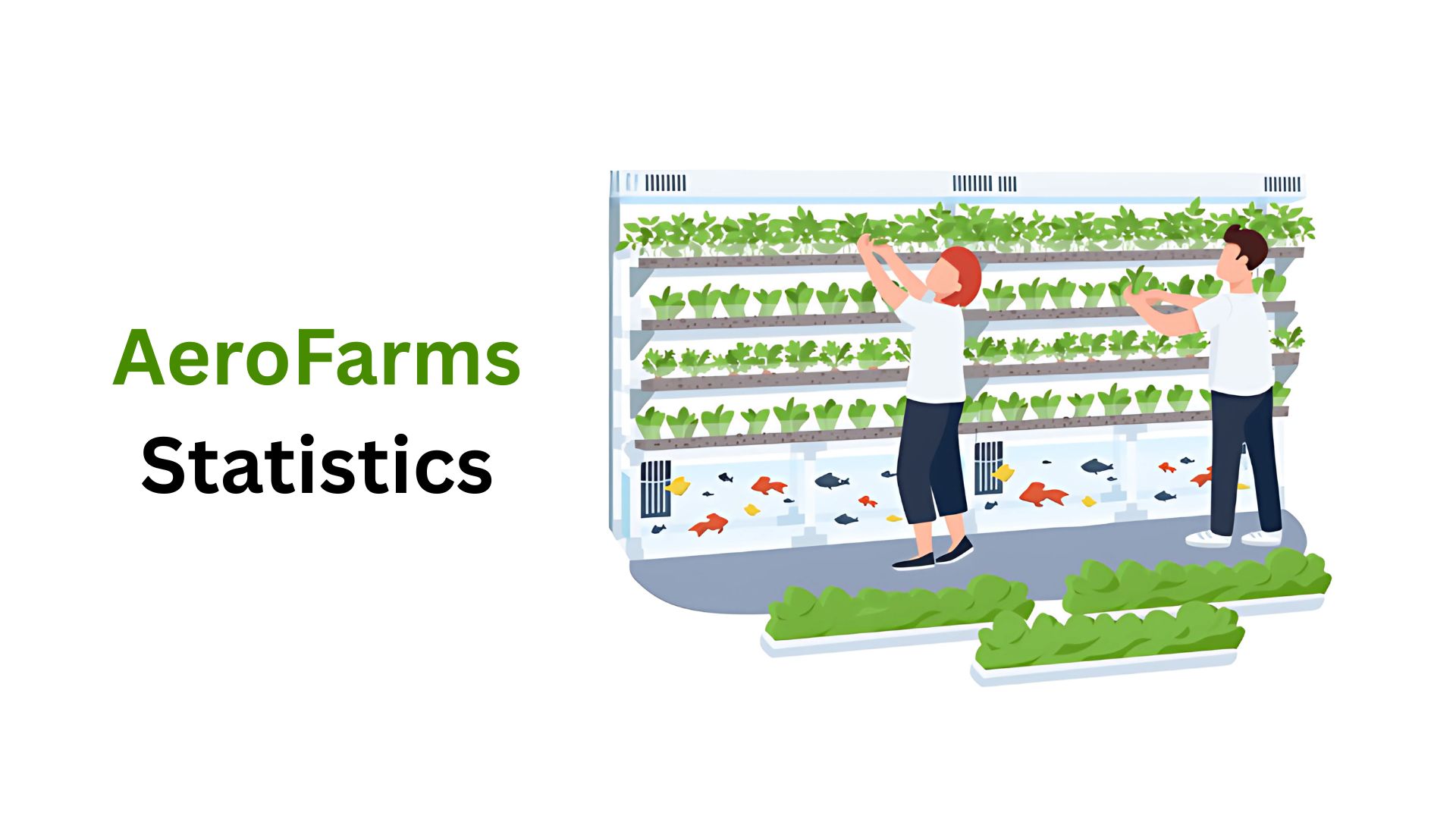
WHAT WE HAVE ON THIS PAGE
- Introduction
- Editor’s Choice
- What Are AeroFarms?
- Scale and Capacity of AeroFarms Operations
- Current Operational Statistics
- Water Efficiency- How AeroFarms Saves This Precious Resource
- Environmental Impact – Carbon Footprint and Energy Use
- Economic Impact- Cost and Revenue
- Crop Yield and Quality Comparison with Traditional Farming
- Technological Changes Driving AeroFarms
- Market Reach and Distribution
- Consumer Trends Impacting AeroFarms’ Growth
- Future Projections and Expansion Plans
- Conclusion
Introduction
AeroFarms Statistics: When I first came across AeroFarms statistics, I was genuinely surprised at how far farming has come. We’re talking about a system that grows food without soil, under LED lights, in stacked vertical trays, all while using a fraction of the resources traditional farming needs. It almost sounds futuristic, right? But it’s already happening.
And the numbers? They’re seriously impressive. Whether it’s their water savings, yield per square foot, or energy use, these Aerofarms statistics paint a picture of why vertical farming might just be the answer to our global food challenges.
In this article, I’ll walk you through the most important AeroFarms statistics from their origin and current operations to the technology that powers them and their future. I’m breaking it all down, so by the end, you’ll understand everything about the Aerofarm statistics.
Editor’s Choice
- According to company reports and industry data, founded in 2004, AeroFarms became an aeroponic vertical farming, using 95% less water and land than traditional farming, making it a leader in sustainable agriculture.
- AeroFarms currently operates 6+ commercial farms with over 220,000 sq ft of growing space, producing approximately 2 million pounds of leafy greens annually, according to the market report.
- The aeroponic technology they use delivers nutrients via mist, resulting in up to 95% water savings compared to field farming and 100% water recycling within farms.
- Their farms have a carbon footprint that’s 95% lower than traditional agriculture due to no soil tilling and proximity to urban markets, despite energy demands from LED lighting and climate control.
- Initial investments for large-scale farms exceed US$40 million, with operating costs per pound of produce around US$3.50 to US$4.00, and wholesale prices ranging from US$5 to US$7 per pound.
- Compared to traditional farming, AeroFarms achieves a yield that’s 390 times higher per square foot, with growth cycles cut nearly in half (12 to 16 days vs. 25 to 45 days), and uses zero pesticides.
- Advancements such as AI-driven environment controls, IoT monitoring, customized LED lighting, and robotics reduce labor costs by around 30% and enhance production quality.
- AeroFarms supplies major retailers like Whole Foods, Walmart, and Amazon Fresh, shipping over 500,000 pounds monthly, primarily to urban markets in the Northeastern US.
- Consumer trends favor locally grown, pesticide-free produce, with 70% of consumers preferring local greens and 65% willing to pay 20% more for sustainability. Indoor farming is growing at a 24% CAGR globally.
- By 2030, AeroFarms plans to expand with 3 new farms, increase revenue to US$100 million annually, switch entirely to renewable energy, and enter European and Asian markets.
| Key Statistic / Fact | Value / Description | Source Type |
| Founded Year | 2004 |
Company history |
|
Number of Farms |
6+ | Company operations data |
| Total Growing Area | 220,000+ sq ft |
Company reports |
|
Annual Production Capacity |
2 million pounds | Market data |
| Water Savings | Up to 95% less |
Environmental assessments |
|
Carbon Footprint Reduction |
95% less | Sustainability audits |
| Investment per Farm | $40+ million |
Financial analysis |
|
Operating Cost per Pound |
$3.50 to $4.00 | Market pricing data |
| Yield Increase | 390x more per sq ft |
Agronomy studies |
|
Growth Cycle |
12 to 16 days | Internal research |
| Pesticide Use | 0% |
Company standards |
|
Labor Cost Reduction |
30% via automation | Tech integration reports |
| Monthly Distribution Volume | 500,000+ pounds |
Distribution and retail reports |
|
Consumer Preference for Local |
70% | Consumer surveys |
| Willingness to Pay Premium | 65% willing to pay 20% more |
Consumer behavior studies |
|
Market Growth Rate |
24% CAGR | Industry market analysis |
| Future Revenue Target | $100 million by 2030 |
Corporate strategy |
|
Renewable Energy Goal |
100% by 2030 | Sustainability roadmap |
| Global Expansion Plans | Europe & Asia by 2030 |
Corporate expansion plan |
What Are AeroFarms?
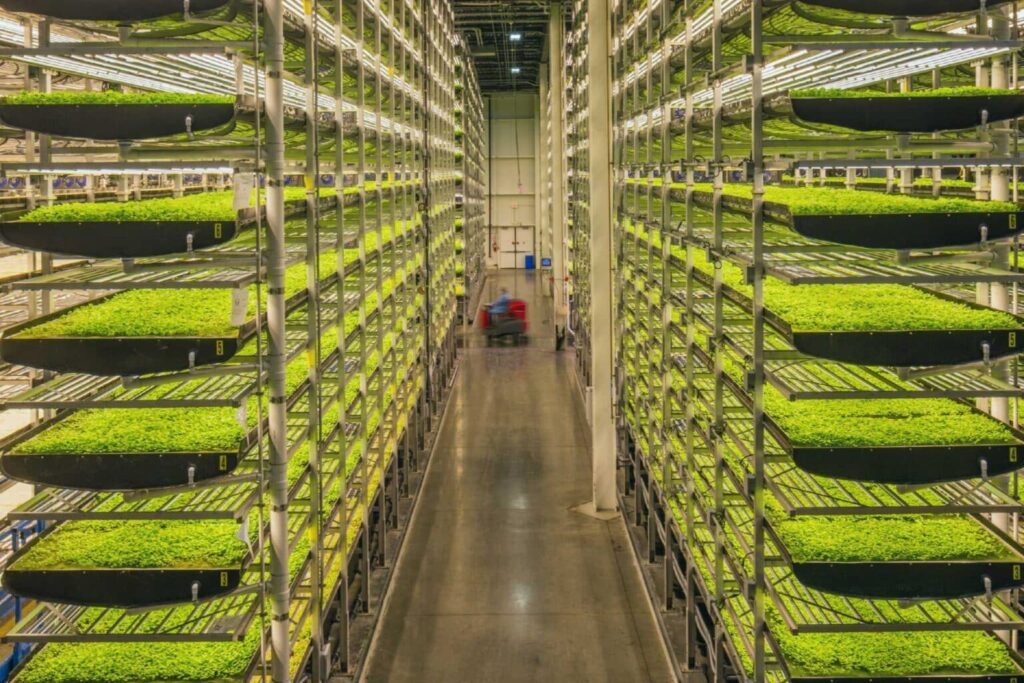
To start, AeroFarms is a leader in indoor vertical farming using aeroponic technology, which means growing plants in a mist environment without soil or sunlight. Instead, plants grow in stacked layers under controlled LED lighting.
- Founded: 2004
- Headquarters: Newark, New Jersey, USA
- Technology: Aeroponics (nutrient mist)
- Growth Cycle: 12-16 days for leafy greens (compared to 25-45 days in traditional farming)
- Water Use Reduction: Up to 95% less than traditional field farming
- Land Use Reduction: Uses 95% less land due to vertical stacking
| Statistic | Value | Explanation |
| Founded Year | 2004 | Company inception year |
| Location | Newark, NJ | Headquarters |
| Growth Cycle (Leafy Greens) | 12-16 days | Faster than conventional farming |
| Water Usage Reduction | 95% less | Compared to traditional agriculture |
| Land Footprint Reduction | 95% less | Vertical stacking reduces land needs |
Scale and Capacity of AeroFarms Operations
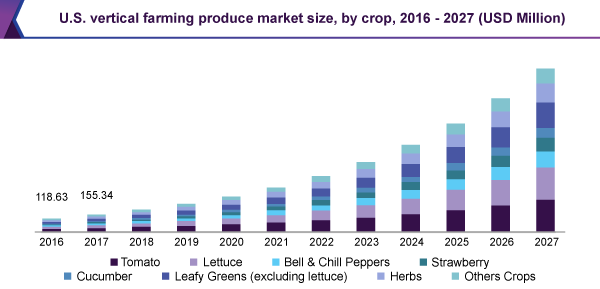
AeroFarms has multiple commercial-scale facilities that showcase its scale and output.
Current Operational Statistics
- Facility Count: 6+ large-scale farms in the US (Newark, Danville, etc.)
- Total Growing Area: Over 220,000 square feet
- Annual Production Capacity: Approximately 2 million pounds of produce annually
- Crop Types: Mainly leafy greens (arugula, kale, spinach), microgreens, herbs
- Yield per Square Foot: Around 390 times more per square foot than field farming
| Statistic | Value | Notes |
| Number of Farms | 6+ | Across multiple US locations |
| Total Growing Area | 220,000+ sq ft | Indoor vertical farm space |
| Annual Produce Output | 2 million lbs | Mostly leafy greens and herbs |
| Crop Variety | 10+ | Mainly leafy greens, microgreens, and herbs |
| Yield Comparison | 390x higher | Yield per sq ft vs. traditional farming |
Water Efficiency- How AeroFarms Saves This Precious Resource
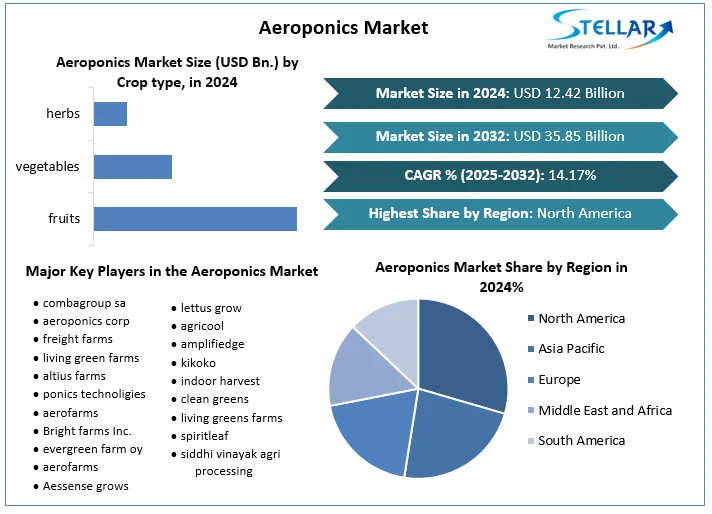
Water scarcity is a global issue, and AeroFarms’ stats reveal how much water they save.
- Water Usage: Uses 1 gallon per pound of produce (vs. 20 gallons per pound in traditional farming)
- Water Recycling: 100% water recycling within farms
- Irrigation Efficiency: Aeroponics uses mist to deliver nutrients, reducing waste drastically
| Statistic | Value | Explanation |
| Water Use Per Pound | 1 gallon | AeroFarms vs 20 gallons traditional |
| Water Recycling | 100% | Closed-loop system prevents waste |
| Irrigation Efficiency | 95% | Nutrient delivery in mist form |
Environmental Impact – Carbon Footprint and Energy Use
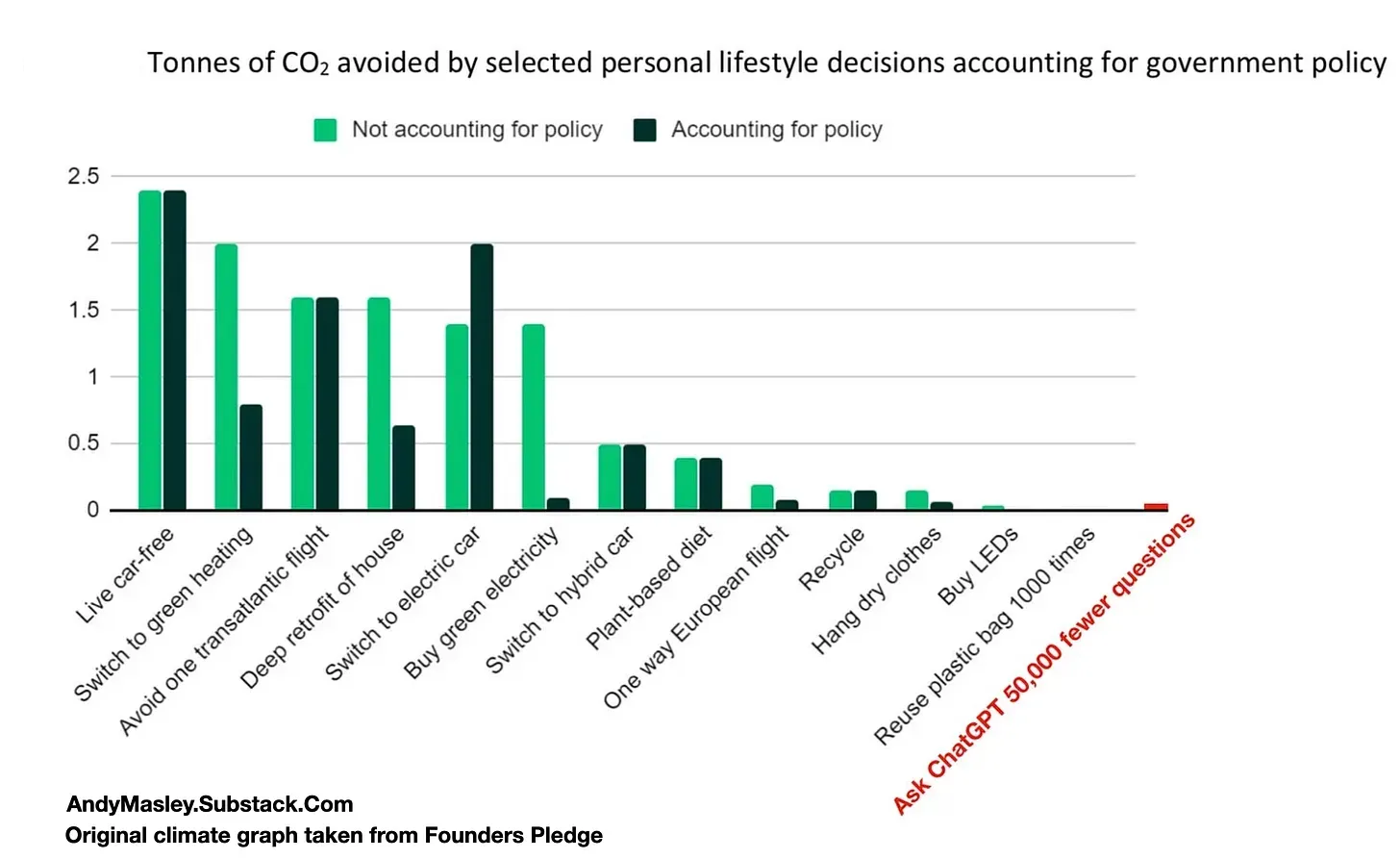
AeroFarms actively reduces environmental impact but also faces challenges in energy use.
- Carbon Emissions: 95% less carbon footprint than traditional farms due to no transport and no soil tilling
- Energy Consumption: LED lighting and climate control make up 40% of energy use per farm
- Renewable Energy Usage: AeroFarms aims to use 100% renewable energy in the next 5 years
| Statistic | Value | Details |
| Carbon Footprint Reduction | 95% less | Compared to open-field agriculture |
| Energy Use Breakdown | 40% from lighting/climate | Significant energy usage for indoor conditions |
| Renewable Energy Target | 100% in 5 years | Corporate sustainability goals |
Economic Impact- Cost and Revenue
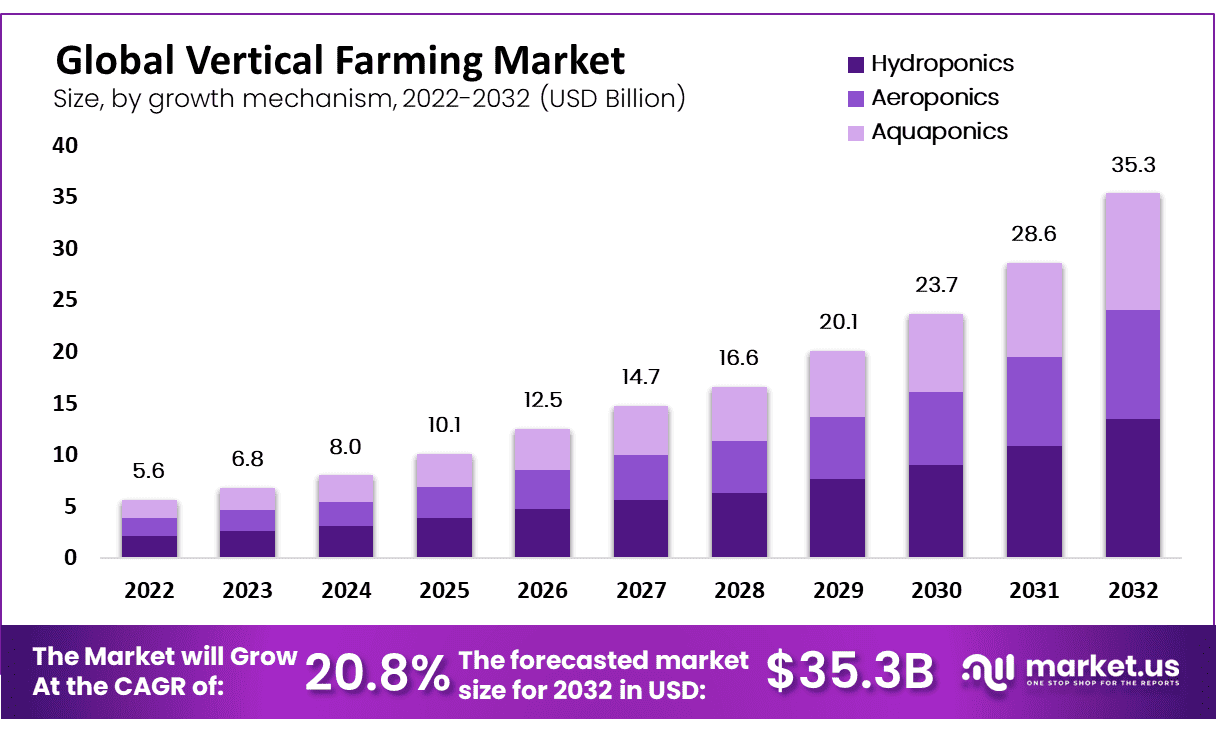
Understanding the economics behind AeroFarms shows how feasible and scalable the model is.
- Startup Investment: $40+ million for large facilities
- Operating Cost per Pound: $3.50 – $4.00 (decreasing with scale)
- Wholesale Price per Pound: $5.00 – $7.00 for premium greens
- Annual Revenue: Estimated $20-25 million from current operations
- Job Creation: 200+ jobs at farm sites and support centers
| Statistic | Value | Explanation |
| Initial Investment | $40+ million | For large commercial farms |
| Operating Cost (per lb) | $3.50 – $4.00 | Cost efficiency is improving over time |
| Wholesale Price (per lb) | $5.00 – $7.00 | Premium pricing due to quality and sustainability |
| Estimated Annual Revenue | $20-25 million | From existing farms |
| Employment Numbers | 200+ | Farm workers, technicians, and management |
Crop Yield and Quality Comparison with Traditional Farming
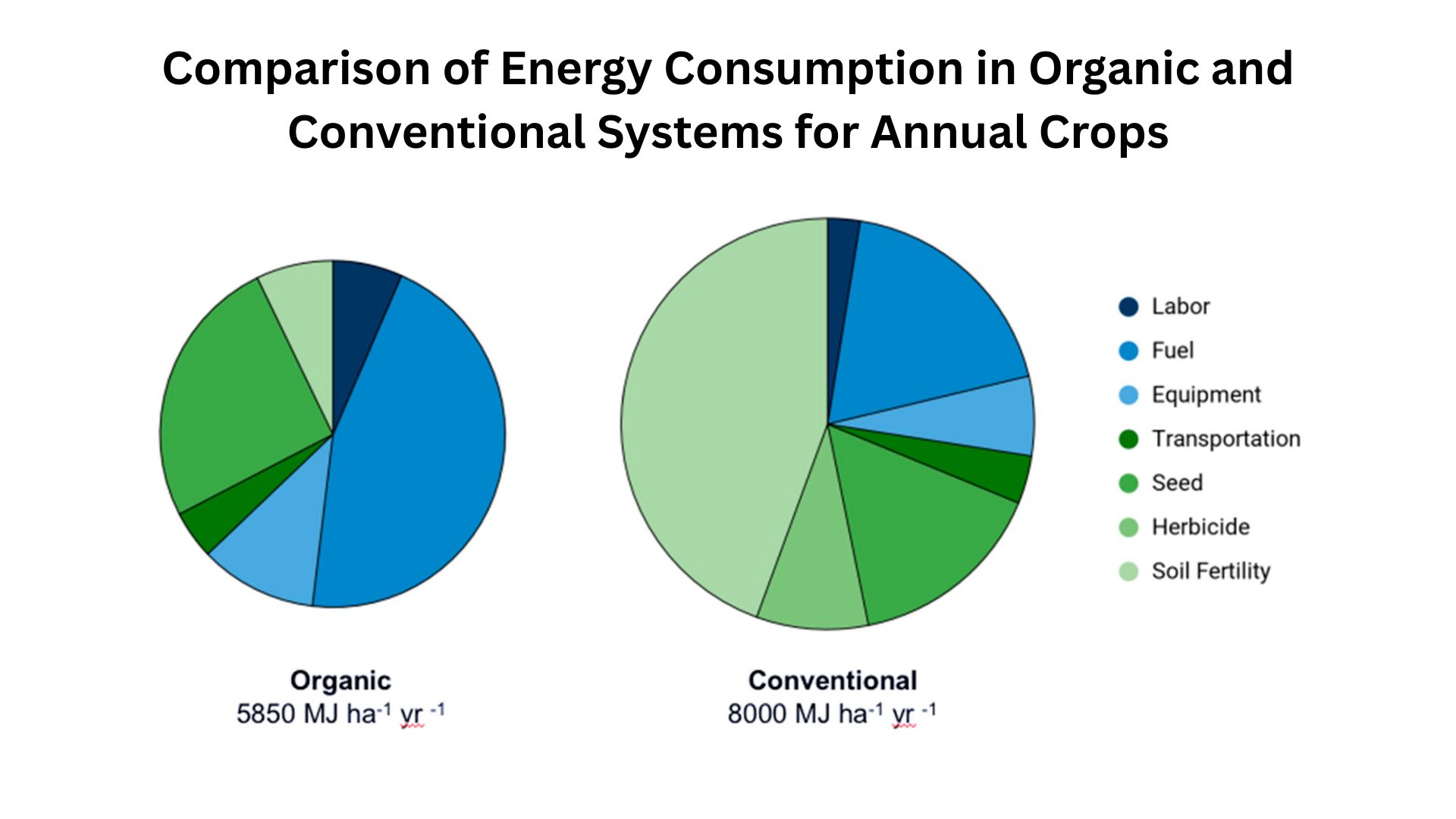
AeroFarms focuses on both quantity and quality.
- Yield: 390x more per square foot
- Growth Cycle: 12-16 days vs. 25-45 days outdoor
- Pesticide Use: Zero pesticides used
- Nutrient Content: Up to 30% higher nutrient density due to a controlled environment
- Crop Loss: Less than 1% loss vs. 30% in traditional farming due to weather, pests
| Statistic | AeroFarms Value | Traditional Farming Value |
| Yield per sq ft | 390x higher | Baseline |
| Growth Cycle | 12-16 days | 25-45 days |
| Pesticide Use | 0% | Up to 100% usage |
| Nutrient Density | Up to 30% higher | Baseline |
| Crop Loss | 1% | 30% due to external factors |
Technological Changes Driving AeroFarms
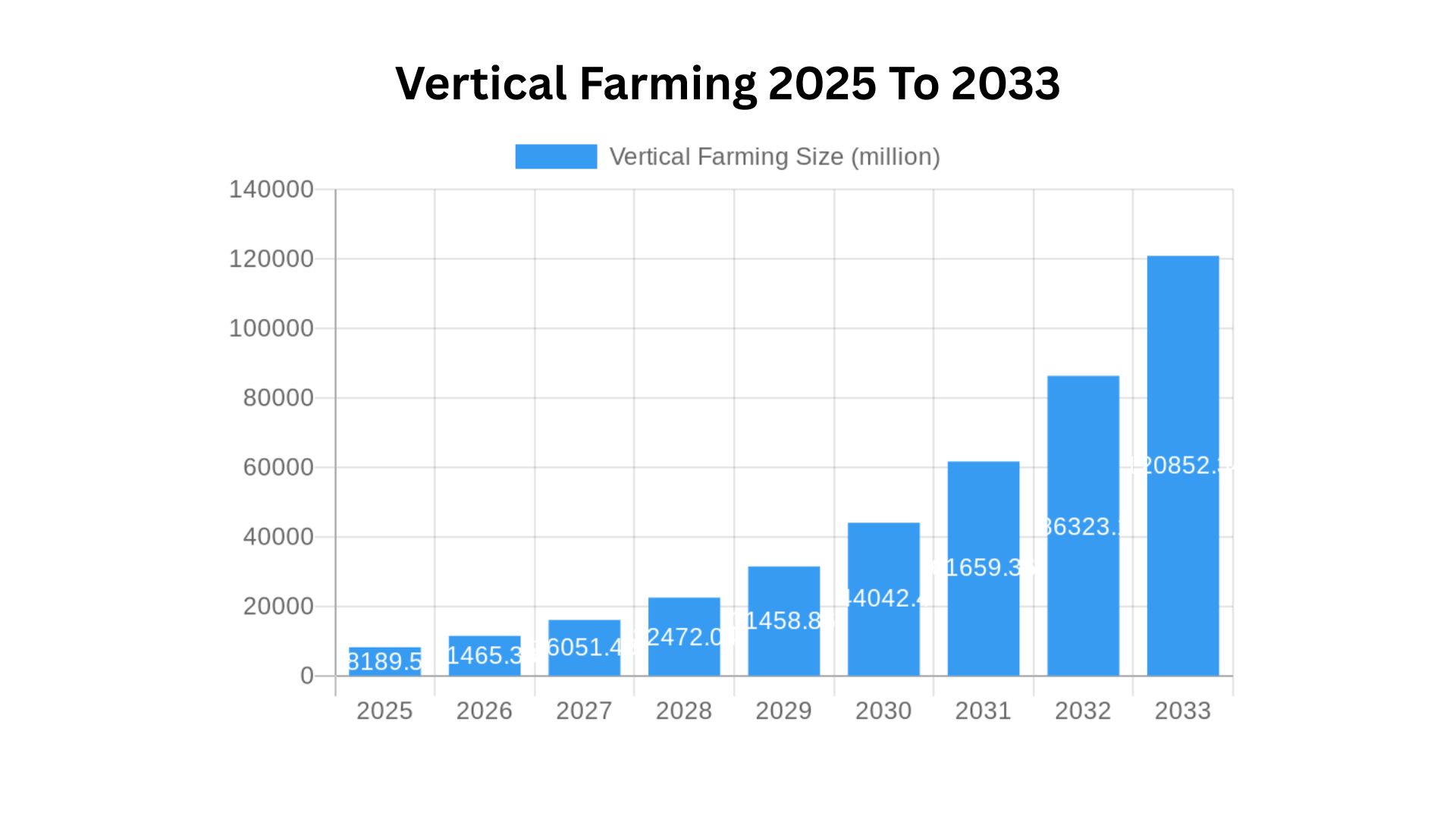
Innovation makes AeroFarms’ success.
- Proprietary Aeroponic Systems: Deliver nutrients directly to roots via mist
- AI & IoT Integration: Real-time monitoring for optimal conditions
- LED Lighting Optimization: Made the spectrum to maximize photosynthesis
- Automation: Robotics for planting, harvesting, and packaging reduces labor costs by 30%
| Innovation Type | Description | Impact |
| Aeroponics | Nutrient mist delivery | Water and nutrient efficiency |
| AI & IoT Monitoring | Sensors & data analytics | Precision farming reduces waste |
| LED Spectrum Control | Customized lighting | Faster growth, better crop quality |
| Automation | Robotics & machinery | 30% labor cost reduction |
Market Reach and Distribution
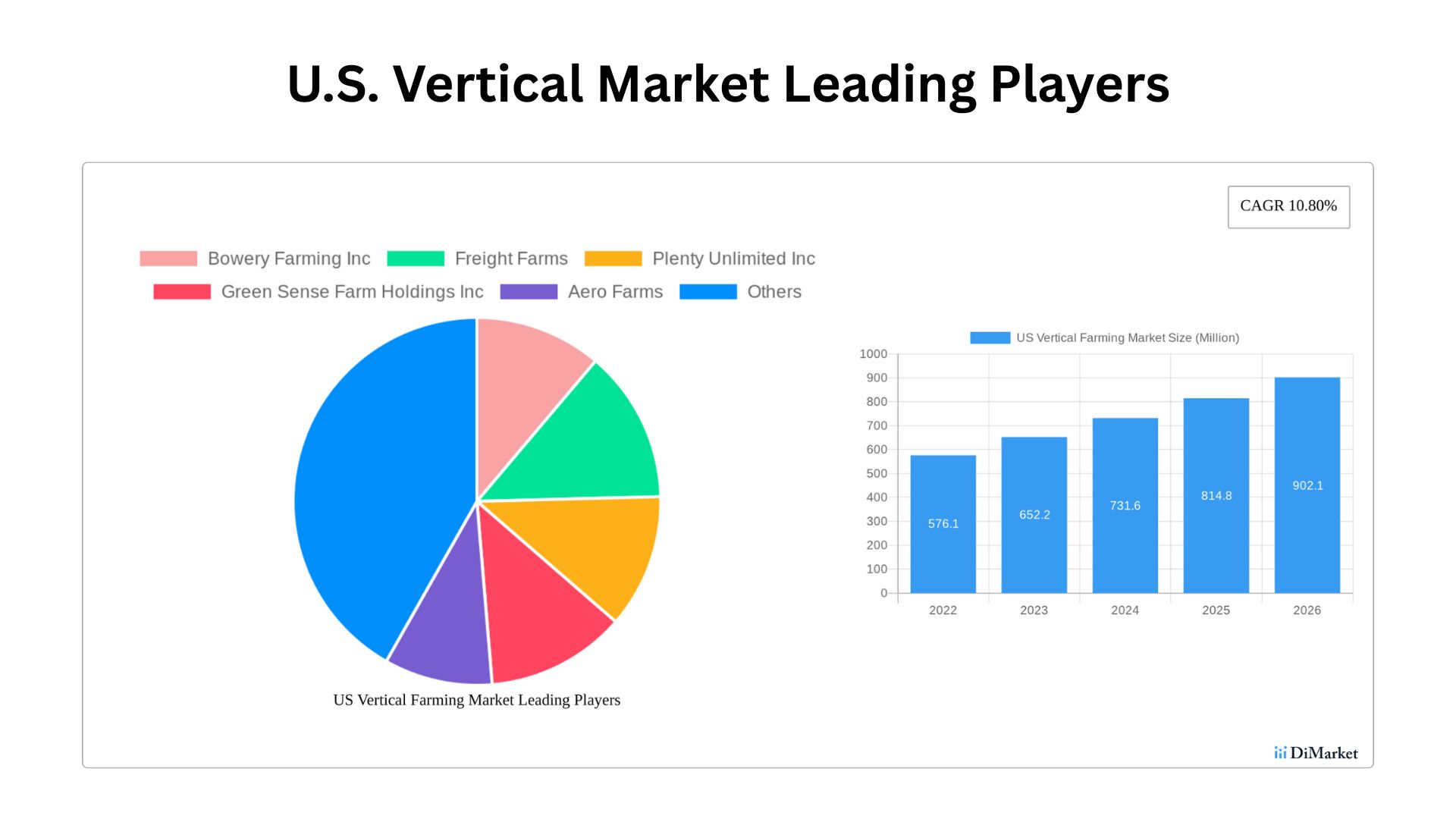
Where does AeroFarms’ produce go?
- Primary Markets: Northeast USA supermarkets and restaurants
- Retail Partnerships: Whole Foods, Walmart, Amazon Fresh
- Supply Chain: Farms located near urban centers reduce transportation time by 80%
- Distribution Volume: 500,000+ pounds shipped monthly
| Statistic | Value | Explanation |
| Market Focus | Northeast USA | Urban centers with high demand |
| Retail Partners | 3 major retailers | Whole Foods, Walmart, Amazon Fresh |
| Transportation Time | Reduced by 80% | Proximity of farms to cities |
| Monthly Distribution | 500,000+ pounds | Volume of produce shipped |
Consumer Trends Impacting AeroFarms’ Growth
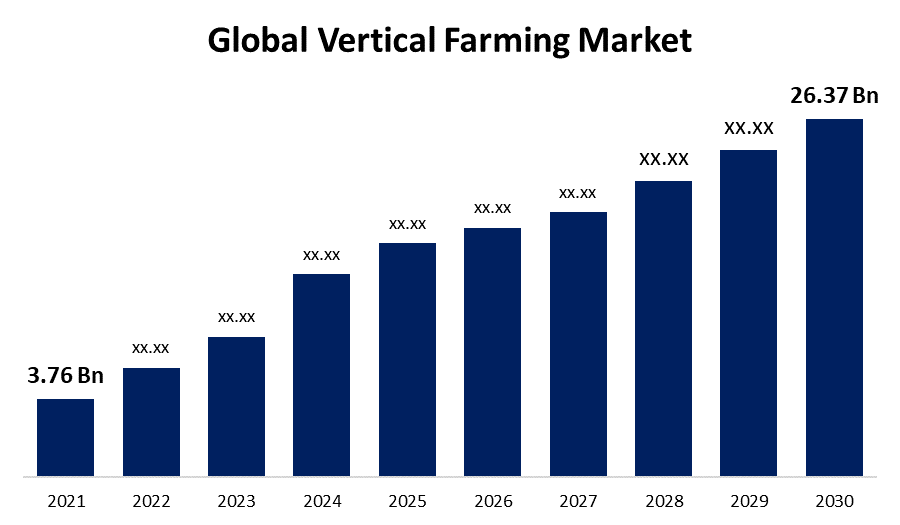
Consumer preferences are critical.
- Demand for Organic/Local: 70% of consumers prefer locally grown produce
- Willingness to Pay Premium: 65% willing to pay 20% more for sustainable greens
- Health & Safety Focus: 80% consumers are concerned about pesticide residues
- Growth Rate: The Indoor farming market is growing at a 24% CAGR globally
| Statistic | Value | Explanation |
| Local Produce Demand | 70% | Preference for freshness and sustainability |
| Premium Price Acceptance | 65% | Willing to pay more for quality |
| Health Concerns | 80% | Concerns over pesticides & food safety |
| Market Growth Rate | 24% CAGR | Industry-wide indoor farming growth |
Future Projections and Expansion Plans
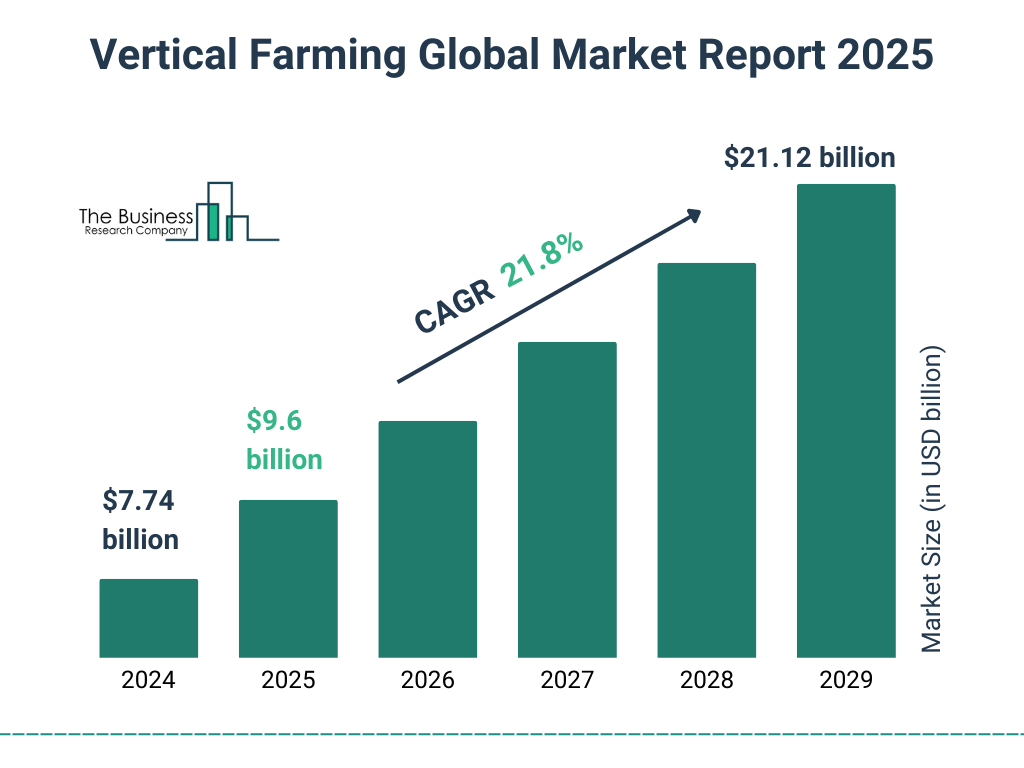
What’s next for AeroFarms?
- Planned Facility Growth: 3 new farms by 2027, increasing capacity by 50%
- Sustainability Goals: 100% renewable energy by 2030
- Product Line Expansion: Moving into fruits and medicinal plants
- Global Expansion: Targeting European and Asia markets within 5 years
- Revenue Projection: Estimated $100 million annual revenue by 2030
| Projection | Value | Explanation |
| New Facilities Planned | 3 by 2027 | Capacity increase of 50% |
| Renewable Energy Goal | 100% by 2030 | Fully sustainable operations |
| Product Diversification | Fruits, medicinal plants | Expanding beyond leafy greens |
| Global Markets | Europe & Asia in 5 years | Geographic expansion |
| Revenue Target | $100 million by 2030 | Significant growth projection |
Conclusion
So, if you’ve been wondering whether indoor farming is just hype or the future of agriculture, just look at the numbers. These AeroFarms statistics prove how powerful, scalable, and sustainable this model is. From saving 95% of water to producing 390 times more yield per square foot, every data point speaks for itself.
What impressed me most is how AeroFarms has blended technology with something as ancient as farming. They’ve not only changed how we grow food but also how we think about food security, resource management, and urban living. Whether it’s the zero pesticide usage, the faster growth cycles, or the drastic drop in carbon footprint, these aren’t just stats; they’re real solutions to real-world problems. Thanks for staying up until the end. Hope you guys like this work. Let me know any questions in the comment section.
Sources
FAQ.
AeroFarms is a company specializing in indoor vertical farming using aeroponics, which grows plants in mist without soil. This method uses less water and land than traditional farming and speeds up growth.
AeroFarms uses up to 95% less water than traditional field farming due to its closed-loop misting system that recycles water completely.
Primarily leafy greens like kale, arugula, spinach, along with microgreens and herbs. They are also planning to expand into fruits and medicinal plants.
Plants in AeroFarms grow in about 12-16 days for leafy greens, roughly half the time needed in conventional farming (25-45 days).
AeroFarms produces approximately 390 times more crop per square foot due to vertical stacking and controlled environments.
It reduces water use by 95%, carbon footprint by 95%, uses zero pesticides, and aims to operate on 100% renewable energy by 2030.
Operating costs are around $3.50 to $4.00 per pound, with wholesale prices typically between $5 and $7 per pound.
Mainly in the Northeastern US, supplying major retailers like Whole Foods, Walmart, and Amazon Fresh, shipping over 500,000 pounds monthly.
They use AI, IoT sensors, custom LED lighting, and robotics for monitoring, optimizing growth, and reducing labor costs by about 30%.
Plans include opening 3 new farms by 2027, expanding into global markets (Europe and Asia), diversifying crops, and targeting $100 million in annual revenue by 2030.

Joseph D'Souza founded Sci-Tech Today as a personal passion project to share statistics, expert analysis, product reviews, and experiences with tech gadgets. Over time, it evolved into a full-scale tech blog specializing in core science and technology. Founded in 2004 by Joseph D’Souza, Sci-Tech Today has become a leading voice in the realms of science and technology. This platform is dedicated to delivering in-depth, well-researched statistics, facts, charts, and graphs that industry experts rigorously verify. The aim is to illuminate the complexities of technological innovations and scientific discoveries through clear and comprehensive information.


